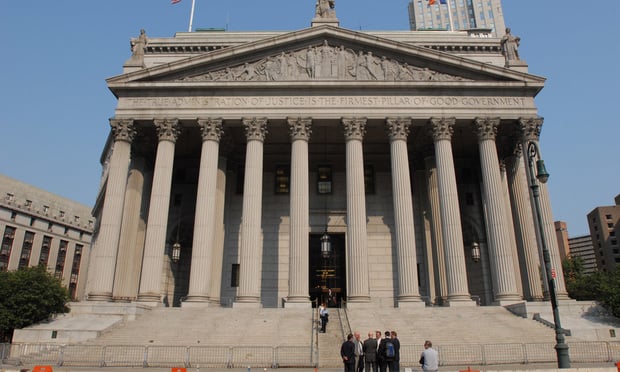The rules of the Commercial Division of New York’s Supreme Court have evolved over time to look more and more like those of federal court. As a result, practice in the Commercial Division often differs quite significantly from elsewhere in the state court system. One of these differences involves rules for expert disclosure, which are now arguably just as robust in the Commercial Division as in federal court. This, however, may have opened up a trap for the unwary: “Expert” disclosures may be required with respect to witnesses who appear to be fact witnesses if their testimony is based in part on some kind of expert knowledge. One federal judge has aptly referred to this as “embedded expert testimony.” See U.S. v. Orr, 692 F.3d 1079, 1102 (10th Cir. 2012) (Holloway, J. dissenting in part). And here lies the trap: In federal court, failure to properly disclose such testimony can lead to preclusion. See, e.g., Point 4 Data v. Tri State Surgical Supply Equip’t Ltd., 2013 WL 5502852 (E.D.N.Y. Oct. 1, 2013) (precluding testimony of party witnesses concerning industry norms and technical aspects of certain software, on the ground that it was not properly disclosed as expert testimony).
There is a reason why this is now tricky territory. Although the Commercial Division Rules appear to diverge from the federal rules on this issue, the difference may be superficial. Commercial Division Rule 13(c)—which took effect in 2013—mirrors Fed. R. Civ. P. 26(a)(2) in requiring that expert disclosure must be “accompanied by a written report, prepared and signed by the witness, if either (1) the witness is retained or specially employed to give expert witness testimony in the case, or (2) the witness is a party’s employee whose duties regularly involve giving expert testimony.” Like Fed. R. Civ. P. 26(a)(2), Rule 13(c) specifies the timing and required content of such a report, which must contain a “complete statement of all opinions the witness will express and the basis and the reasons for them” (emphasis added). This “complete statement” requires substantially more detail than the parallel provisions of New York’s Civil Practice Law and Rules (CPLR), which apply generally in New York Supreme Court and mandate only disclosure “in reasonable detail” of the “subject matter” of the expert’s testimony, the “substance” of the expert’ opinion, and a “summary of the grounds” for that opinion. See CPLR 3101(d)(1)(i). When this change was made to the Commercial Division Rules—which apply in the Commercial Division as an overlay to the CPLR—the clear intent was to bring Commercial Division practice closer to federal court practice.


 New York Supreme Court, Commercial Division, at 60 Centre Street
New York Supreme Court, Commercial Division, at 60 Centre Street




